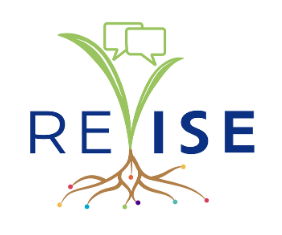January 1st, 2004 | RESEARCH
In this study, detailed observations and interviews from a high school student's semester-long cooperative (co-op) placement in a dental practice are used to exemplify Hung's theoretical approach to understanding situated learning. Using Hung's theory of epistemological appropriation in an analysis of the co-op supervisor's regulatory behaviors (scaffolding, modeling, and coaching) and of the novice's corresponding regulatory behaviors (submitting, mirroring, and constructing) helped to explain the developments in this student's learning, actions, and beliefs. In contrast to the progression suggested by Hung's theory, this study reports daily examples of all types of regulatory behaviors, with scaffolding/submitting being most prominent. The discussion focuses on how Hung's theory of regulatory behaviors informs supervisors' improving opportunities for novices' learning and informs novices' engagement in epistemological appropriation in work-based learning.
Document
(no document provided)
Team Members
Peter Chin, Author, Queen's UniversityKarin Steiner Bell, Author, Queen's University
Hugh Munby, Author, Queen's University
Nancy Hutchinson, Author, Queen's University
Citation
Publication: American Educational Research Journal
Volume: 41
Number: 2
Page(s): 401
Related URLs
http://www.jstor.org/stable/3699371
Tags
Audience: Adults | Educators | Teachers | Youth | Teen (up to 17)
Discipline: Education and learning science | Health and medicine
Resource Type: Peer-reviewed article | Research Products
Environment Type: Informal | Formal Connections | K-12 Programs
